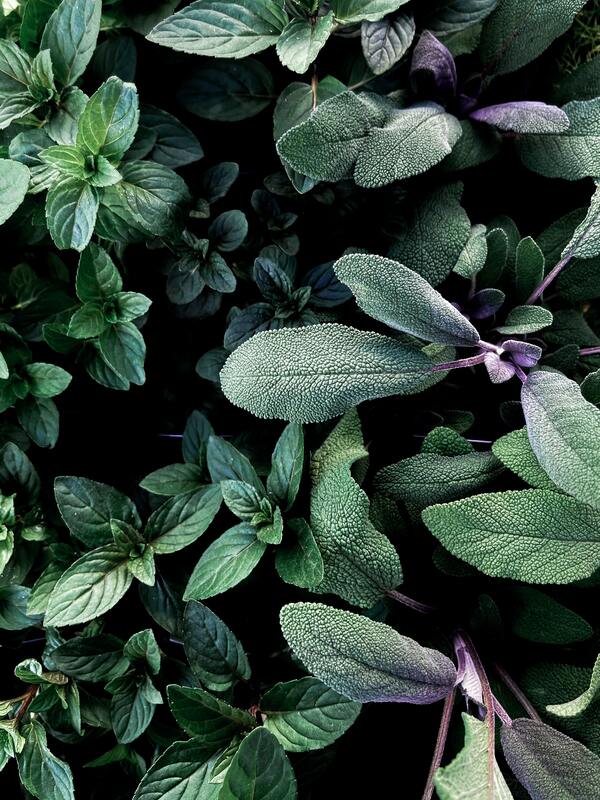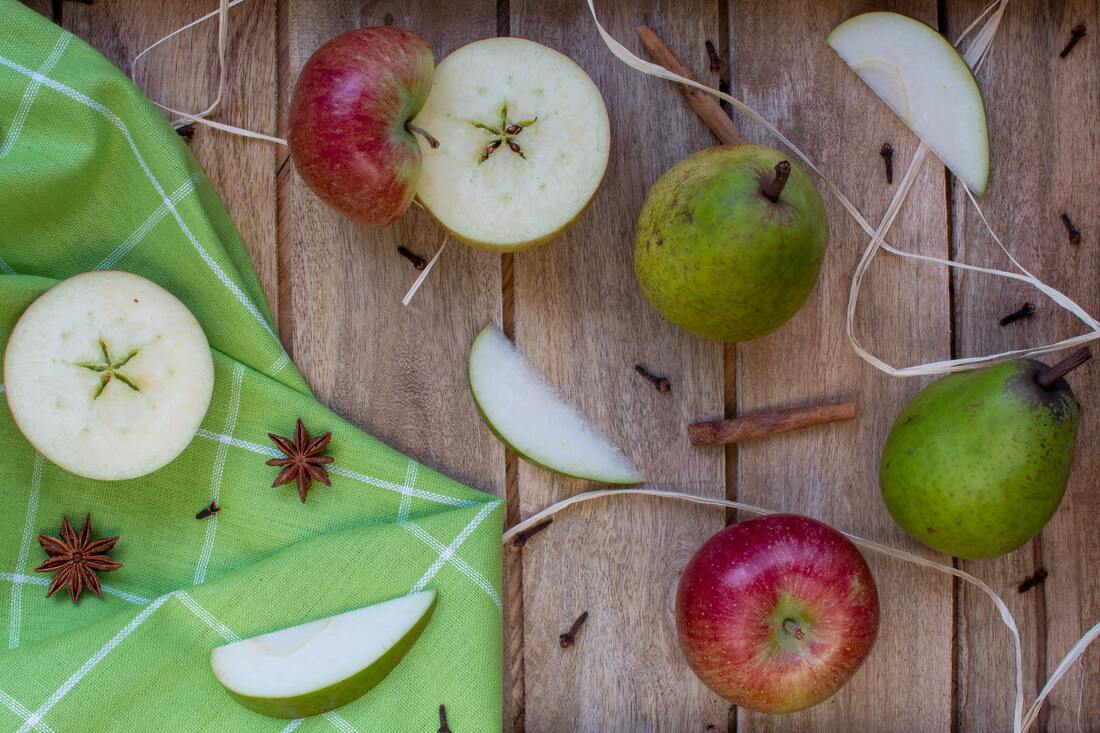|
As I'm writing we're just a few days after Autumn Equinox. We've found it increasingly useful to us to mark these seasons, the wheel of the year, in recent times. To recognise the ebb and flow of life, the ancient knowledge and our part in the natural world. There are lots of things that mark this equinox: legends, stories, rituals, plants that are associated with it. There are even yoga moves that help align us with this time. There are elements that are associated (water - and a sense of letting go). We have found recognising all of these things can help us connect with the earth, ourselves and each other. So here's a couple of contributions from Kay Turner and Sarah Heagney about some of the Autumn Equinox meanings and rituals... Plants associated with Autumn Equinox PLANT: SAGE Salvia Officianalis Air- Longevity- Jupiter Aromatic Sage is a wonderful addition to any garden or patio, even if you only have room for a potful. It could be a wise investment, as this plant is associated with wisdom and long life across many different countries and cultures. In Mediaeval Britain there was a well-known saying which went; ‘He who would live for aye, Must eat Sage in May.’ This little ditty sums up the belief that regularly eating sage, particularly if eaten every day during the month of May, would render the eater immortal. Earlier cultures shared this belief, including the Druids who were said to brew a beer with amazing healing properties, the secret ingredient of which was sage. Gardening lore tells us that, where Sage grows abundantly, the household and its business will prosper. But take care to tend your Sage plants well, for should they wilt and die then the fortunes of the household are also expected to take a turn for the worse! A more contemporary association would be using the cleansing scent of Sage essential oil or Sage tea to promote concentration and mental clarity; great to have on hand in your home-office or work space. Also, if vivid dreams have troubled you of late, then some sage tucked into your pillow is said to be protective against nightmares. PLEASE NOTE: White sage is frequently sold as cleansing or ‘smudging’ sticks to clear yourself or your space. This variety of Sage does not grow in the UK, so runs the risk of being over-harvested from indiginous areas of the American south-west which is its natural habitat. The good news is that Garden Sage and Purple Sage are frost hardy and adapted to our climate, so these are a great option to grow yourself and wild-craft your own bespoke cleansing sticks :) Thanks to Sarah Heagney @sarahheagneysoundtherapy for putting this together, as well as our resident sound therapist Sarah is a forager with an excellent knowledge of plants.. Gods/Goddesses: God Mabon. Goddess Modron.
Symbols: Fruits, Apple, Cornucopia, Grain, Corn dolls Mabon is the ‘Great Son’ and a Welsh God as well as a mythological figure, thought to be part of the King Arthur’s group. Modron, is an Earth Goddess and Mabon’s ‘Great Mother’. Mabon’s symbol is the Horn of Plenty, the Cornucopia. This is a totem of union of the masculine (the phallic horn) and the feminine (the large round ending, hollowed akin to the vaginal canal) and it is often filled with fruits and vegetables to depict the abundant harvest. Evolution of Mabon: The Autumn Equinox is the time of day and night, light and dark, masculine and feminine coming into balance again. Mabon marks the second harvest, the fruit harvest, and ancient agricultural societies marked times of transition in light and dark with gratitude, celebration and preparation. At Harvest moon the final sheaf was made into a corn dolly, placed above the hearth of the home, and was honored by the farmer who owned the land. Her kernels were blessed and kept as the first seeds of the following year’s crops. The Masculine God, Mabon, the child of life, ends his life cycle. His death is the gateway for the Dark Goddess rule over the dark half of the year. Symbolism of the apple: - A sacred symbol in many traditions, expressing life, knowledge and wholeness at Mabon, the apple represents harvest. The apple contains within it completion and the symbol of the 5-point pentagram star, which depict the elements Earth, Air, Fire, Water, Spirit and directions East, South, West, North and Within. Autumn Equinox rituals and ceremonies: There are many traditional and contemporary rituals and ceremonies that are celebrated at this time. They fall into roughly 3 categories: Giving thanks – self, community, energies, projects Completion Clearing out and preparation A few things to try at Autumn equinox: Drink golden cider with friends. Honour the waning sun, the apple harvest, and blessings of community. Rest together. Chat about what has unfolded for you since the spring. Cut an apple width way and meditate on the image of the pentagram star and the totality of the life – death - life cycle held in the apple. Clean out the home of clutter. Review your diary and life. Which projects or relationships are complete or life giving – give thanks for them. Which are not manifesting or in alignment or bringing you joy – assess whether you want to keep giving them energy. Create your Mabon altar – place on your altar natural objects, corn and fruits especially. Focus on the colours of browns, gold, reds. Planting a bulb in a pot to bloom the following spring and placing it on your altar is a lovely way of staying connected to light, life and hope during the darker half of the year. Make a corn dolly with a child. As you do this talk about the seasons and nature’s cycles. Thanks to Kay Turner for this Autumn Equinox contribution
1 Comment
|
AuthorJosie Beszant and/or Ian Scott Massie, both artists from Masham North Yorkshire, Uk. Archives
May 2024
Categories |
Happy House Masham, 24, Market Place, Masham, North Yorkshire. HG4 4EB



 RSS Feed
RSS Feed